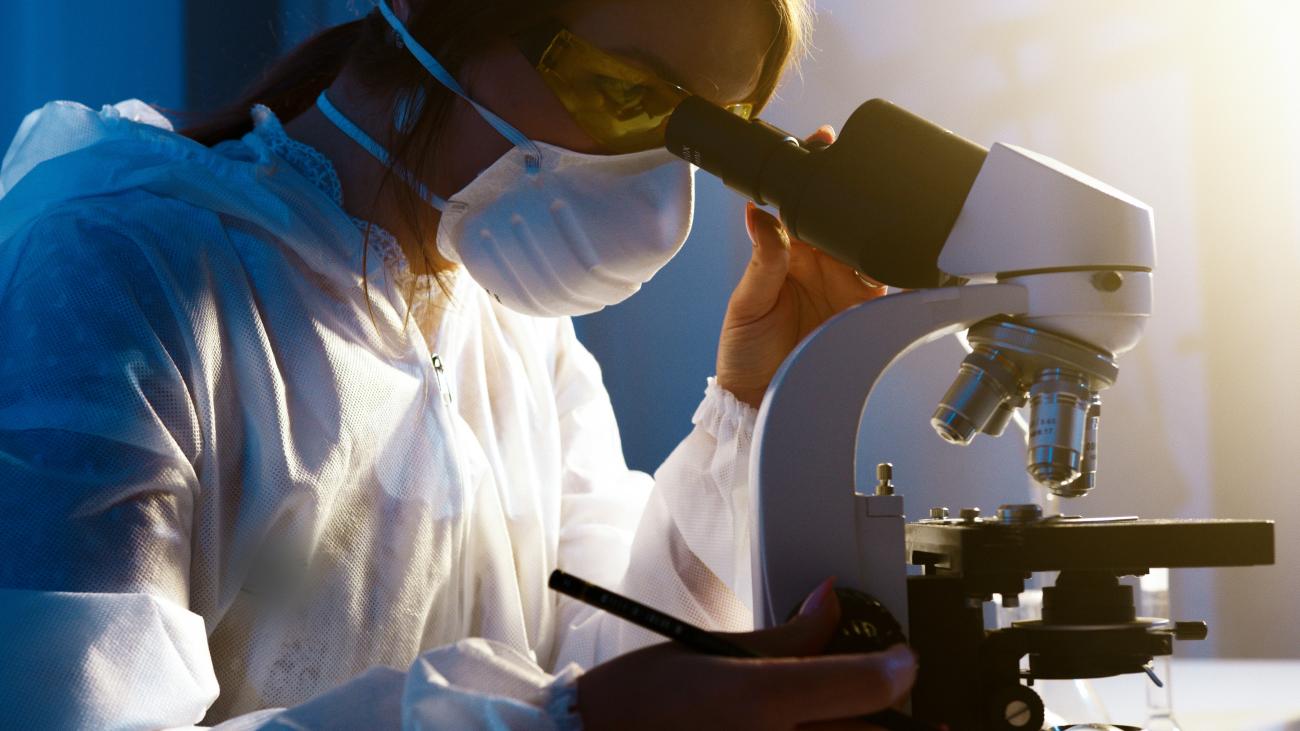Database providing access to the High Technology Network's industrial research offering: research competences, type of analyses and tests available at the Laboratories. Companies can consult the Catalogue to find Laboratories and researchers that match their needs.
Competence
Biosensors (enzymes, cells, antibodies,analyte and ions)
Carbon-based materials (graphene oxides, TPG, etc.)
Ceramic materials (oxides, nitrides, carbides, etc.)
Ceramic matrix composites and nanocomposites
Characterization of microbial components, vegetal and animal species
Characterization of the composition of food products
Chemical, gas, indoor air quality sensors, Lab-on-Chip
Consumer science
Corrosion: protection and inhibition
Cosmetics
Detectors of ionizing radiation (X-rays, gamma, radon)
Elastomers
Electrical, power and magnetic sensors
Energy harvesting
Evaluation of typicality by flavour analysis, markers of authenticity and chemometrics
Glass and glass-ceramic materials
Integrated electronics of control and front-end, with analysis of the accuracy of the acquisition chain
Magnetic materials both bulk and nano
Magnetorheological fluids
Materials of natural origin and derived (wood, paper, cellulose, fibers, etc.)
Materials with self-diagnostic and self-healing properties
Mechanical sensors (accelerometers, gyroscopes, strain gauges, microphones); Tactile , force, torque sensors. Doppler laser sensors
Metal matrix composites and nanocomposites
Metals: ferrous alloys (steel, cast iron)
Metals: non-ferrous alloys (aluminum, copper, nickel, titanium, magnesium, etc.)
Methods to increase functional molecules and decrease undesired contaminants in local food
Micro-nano materials functionalized
Modification of technological processese to improve quality of local products
Molecular traceability and chemometrics to define food quality and tipicality
Nanomaterials (filler, graphene, etc.)
Optical sensors, waveguides and photonic structures, optics fibers
Packaging integration
Paintings
Panel test evaluation and sensorial analysis of local food
Physical, chemical, sensorial and microbial characteristics of traditional foods
Piezoelectric and thermoelectric materials
Polymer matrix composites and nanocomposites
Polymeric nanofibers
Porous materials (foams, sponges, etc)
Proteomics in animal food

